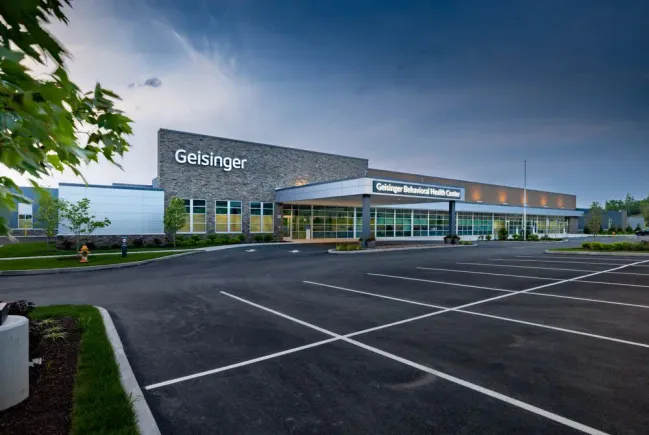Matt Caplinger knows the importance of keeping his construction services teams ahead of technology and efficiency trends.
East Petersburg, Pennsylvania-based Warfel Construction Co. recently tapped Caplinger as its director of construction services. The construction veteran brings more than 30 years of experience in the industry, mainly in the mechanical, electrical and plumbing environment.
His previous role was director of commercial business at Haller Enterprises, a Lititz, Pennsylvania-based firm specializing in heating, cooling plumbing and electrical services, according to his LinkedIn page.
In his new role, Caplinger oversees the daily operations of Warfel’s construction services teams.
Here, Caplinger talks with Construction Dive about the MEP space, the role of new technologies and operational challenges in today’s construction industry.
Editor’s note: This interview has been edited for clarity and brevity.
CONSTRUCTION DIVE: With your experience in the MEP space, how do you plan to manage Warfel’s construction services teams?
MATT CAPLINGER: The main thing I’ve learned over the past 30 years in the MEP industry is the importance of communication and coordination. Nothing is accomplished successfully without examining problems beforehand and creating a strong plan for how teams will get work in place.
That’s the pinnacle of MEP: eliminating clashes between very complex systems and making sure everyone is on the same page as work progresses. I think this emphasis on communication and coordination prepared me to lead our teams in meeting schedules and quality goals for each of our clients.
As the director of construction services, how do you see the role of technologies like BIM or artificial intelligence evolving in your work at Warfel, particularly in improving efficiency and quality?
This is an exciting time in construction, as these new technologies have an immediate physical impact on the work we do. Once we adopt a technology for use in the office or in the field, it helps us work more efficiently, safely and to a higher quality.

Matt Caplinger
Permission granted by Warfel Construction
I’m particularly excited about the intersection of both BIM and AI, as using these tools together could help our teams automatically detect building clashes with greater accuracy or create more efficient construction phasing based on materials and schedule requirements. In fact, this excitement runs through all levels of our company, and we keep our finger on the pulse of startups and new software that is being developed.
At the beginning of August, our interns presented their summer research topics to our operations team. Four interns, who spent time across all departments at Warfel, gave presentations on various forms of “AI in construction.”
One intern who spent specific time researching with our Virtual Design and Construction department presented on AI as it relates to VDC and BIM. There are a lot of great opportunities that we’re exploring to bring these tools to Warfel across the construction lifecycle.
What do you see as the biggest operational challenges in today’s construction industry, and how do you plan to address them in your new role?
With the expansion of technology that can capture and analyze thousands of high-resolution photos of a construction project over time, and schedule management tools that provide instant updates, there’s no excuse for having an unorganized or low-quality job. These tools have raised the bar for owner expectations regarding quality, safety and communication.
Warfel appreciates this increase in mindfulness toward quality and communication — we have been following this trend over the past few years and have created a dedicated quality management department to fulfill the additional manpower to complete successful, high-quality projects.
In addition, we have recently added team members to QM who solely support our construction services projects. I’m thrilled to see this growth, as these efforts all support our “Clients for Life” mission — doing such a good job on a project that clients pick Warfel to build for them again in the future.
Are there specific sectors where you see the greatest potential for innovation or operational improvement?
I think healthcare is a major sector where bringing together new technology and solid operating processes will see a lot of benefit, especially for renovations to existing healthcare facilities.
These buildings have very complex MEP systems, tight corridors, strict air pressure requirements, are occupied by vulnerable patient populations and need specific materials and finishes. These complexities are added on top of the typical considerations for any renovation, such as phasing and logistics, completing the job on time and staying on budget as unknown conditions are discovered.
Warfel has a strong background in constructing and renovating healthcare and behavioral health facilities, with various team members dedicated specifically to healthcare. We use their expertise to develop standard operating procedures, quality checklists and safety plans to complete these projects, while also incorporating new tools and technologies.
Are there any other trends you are keeping tabs on?
I often think about the increasing awareness and importance of the relational nature of construction, and how important it is to choose a partner who you want to work with.
No construction project is perfect, and issues will arise in various forms. It’s much easier to find solutions and produce a great outcome when the owner, architect, engineers, consultants and construction manager are all working toward the same goal.
